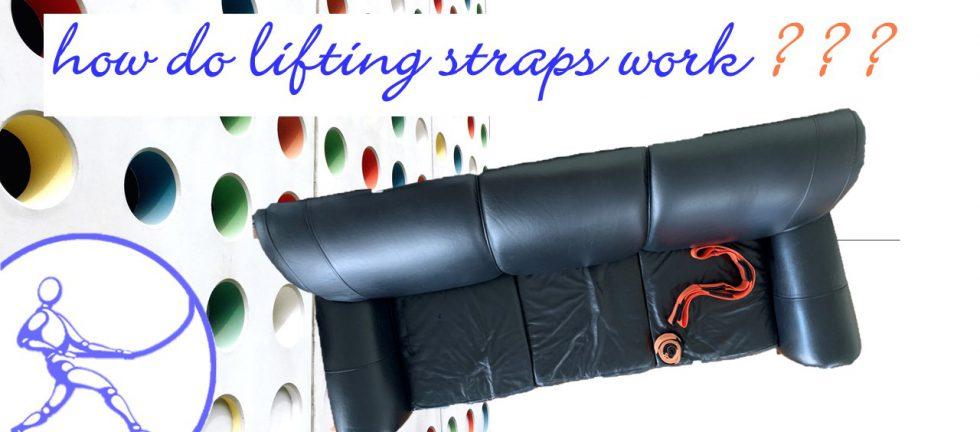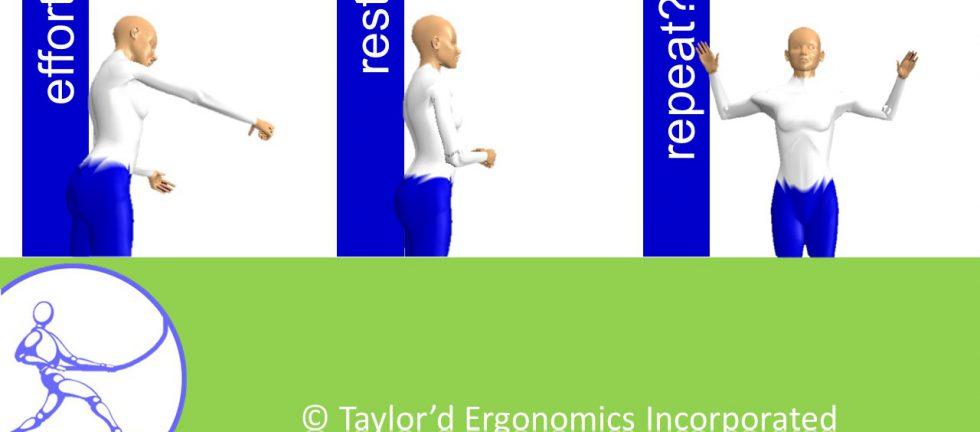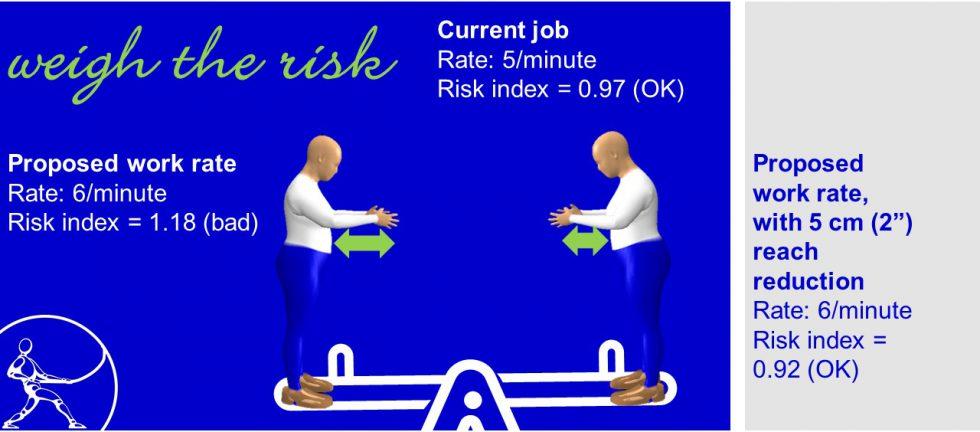Should ergonomics training be provided regularly? If so, why?
Basic employee ergonomics training, as we described in a previous blog should be provided upon hire. But after that, do employees need ergonomics training? We argue that, yes, training should be provided regularly. Here’s why: Orientation is a blur. (“The mind can only absorb as much as the butt can endure,” or so said P. […]








